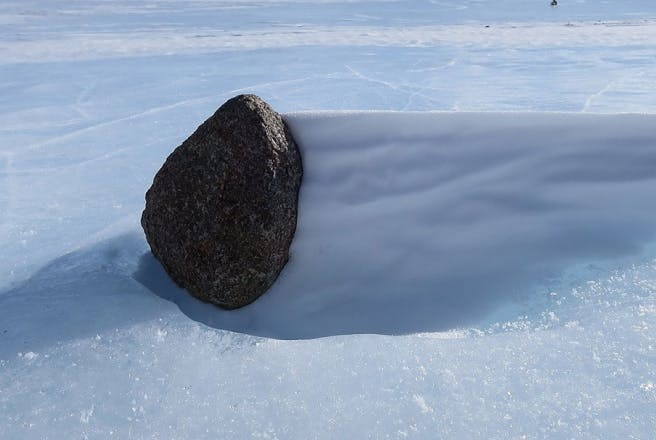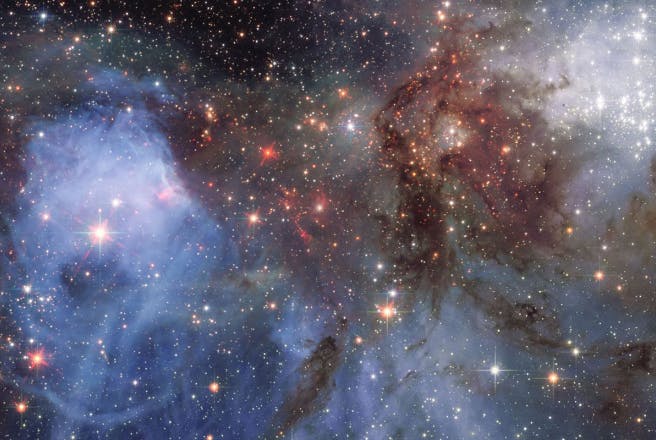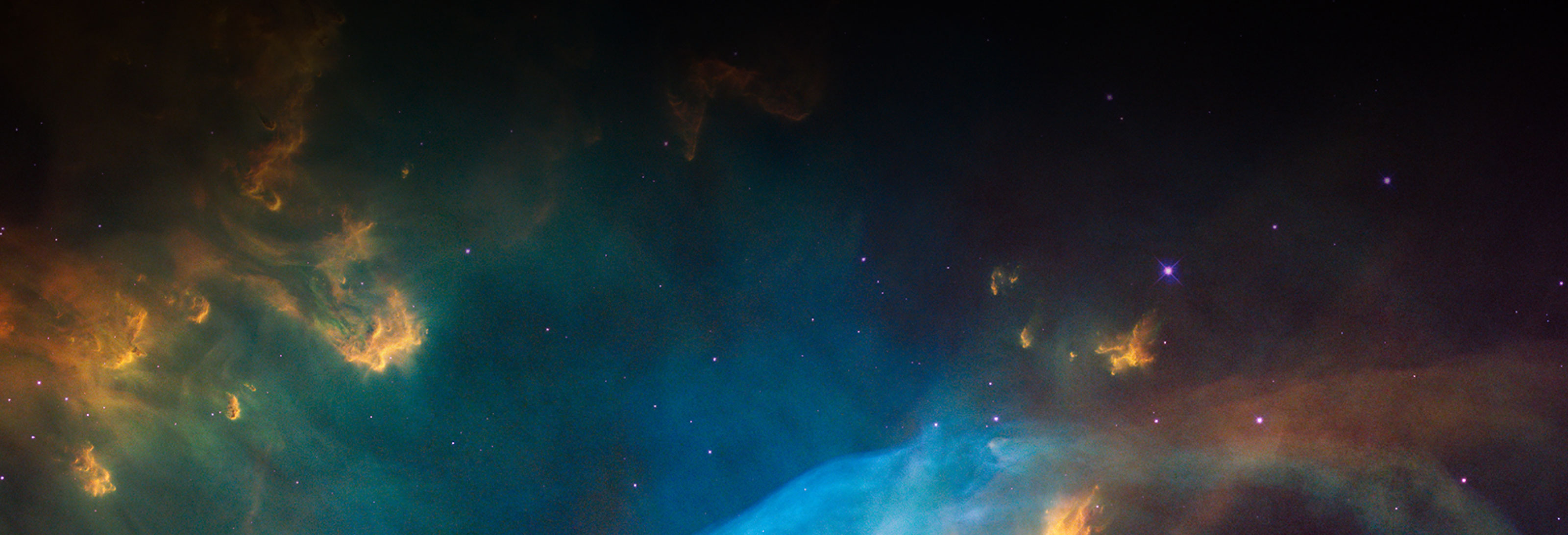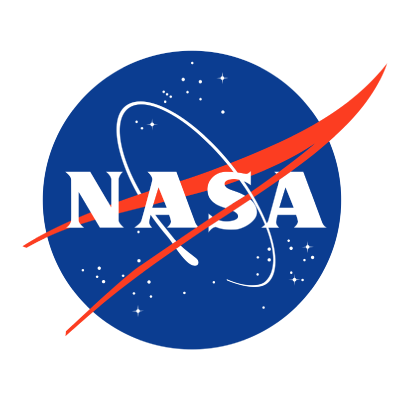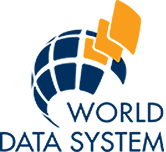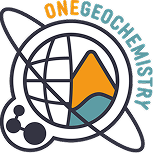
Lunar Samples
The Lunar Sample data in Astromat consists mainly of analytical sample data from lunar material collected during NASA's Apollo missions. These six missions brought back a total of 2,196 specimens of soils, breccias, rocks and core samples from the surface of the Moon. The Synthesis also includes Lunar Sample data from other missions, including Luna and Chang'e 5.
Ingestion of all legacy Lunar Sample data, from the 1970's to present, into the Astromat Synthesis database was completed in 2020. Additional Lunar Sample data is continuously added by Astromat Data Managers as new publications are released.
MoonDB, the predecessor to Astromat, was an online, quality-controlled data system that synthesized analytical data acquired on lunar samples to make them accessible in a single data product. MoonDB preserved and restored lunar sample data that had been scattered across the scientific literature, in online PDF documents, and in private files. The Lunar Sample data from MoonDB are now part of the Astromaterials Data Synthesis.

